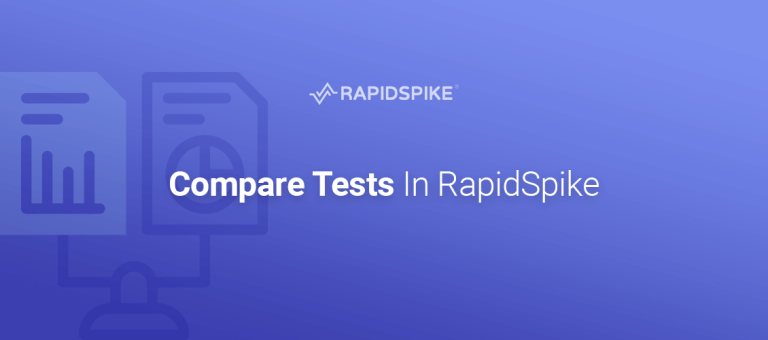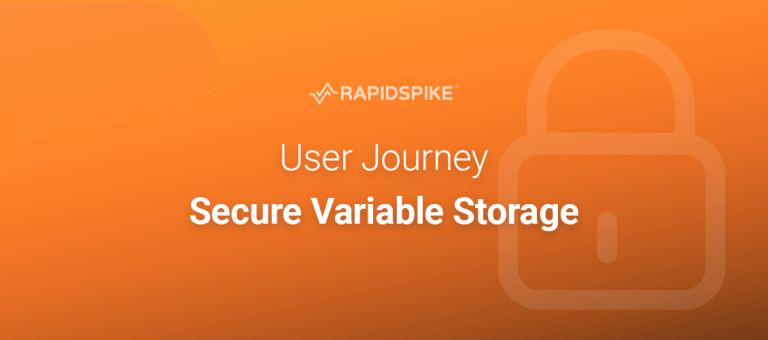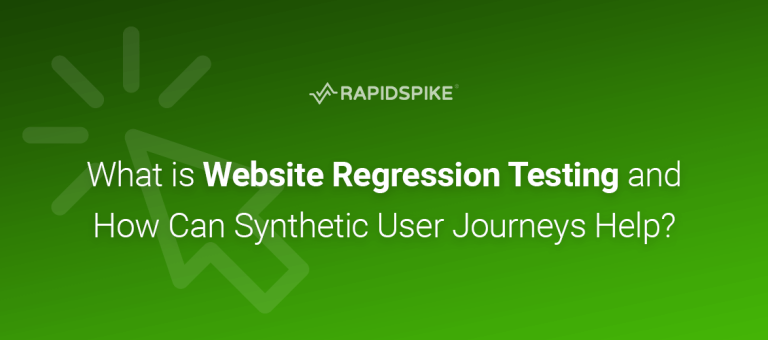Over the last couple of weeks a number of our e-commerce clients have opened up to me about their worry of slow site speed and how it’s impacting their customers. In short, they’re aware that a slow site will reduce conversion, impact sales and ultimately tarnish their brand – but had no idea how impactful it actually was.
To give you a rough idea, e-commerce giant Amazon (all the way back in 2009) reported that a 100-millisecond increase in page speed translated to a 1% increase in its revenue. Bringing that into 2016 and making it a little more relatable for small websites: If an e-commerce site is making £100,000 per day, a 1 second page delay could potentially cost you £2.5 million in lost sales every year. The positive impact of a fast website can be dramatic, even when scaled down for relatively small online retailers.
Are some e-commerce sites missing the point?
From my time speaking to clients it seems being oblivious to page/download speed is common within the e-commerce sector. It was surprising to learn how few website managers, e-commerce directors and digital service delivery teams monitored their technical performance. Naturally we discussed synthetic user journey monitoring and how being aware of site performance, site issues and knowing more than just uptime was beneficial.
For many e-commerce companies simply knowing if the site is up or down is no longer enough.
Synthetic user journey monitoring takes everyday monitoring that pivotal step forward. Uptime monitoring is great if your company’s business critical processes aren’t affected by performance but for many e-commerce companies simply knowing if the site is up or down is no longer enough.
Utilising a cloud monitoring service
Going through the user journey as a customer allows e-commerce teams to break the checkout process down, generating a “.Har” (HTTP Archive) file and inspect every element for both issues and load time.
That said, just monitoring your user journey from a single location is not enough. Knowing how well your website performs for customers regardless of location differentiates the good online retailers from the great ones.
For example – imagine being a global e-commerce retailer who is constantly losing customers from Australia because the cart process is taking forever to load.
Synthetic user journey monitors can be run from numerous locations, which lets us test site performance relevant to your customers in different regions. We can use this data to geo-locate where your page elements are stored. You’d be surprised how much an image hosted in America can impact performance for customers at the other side of the world.
Prevention is cheaper than the cure
As you might have figured: Synthetic user journey monitors are smart, smart enough to help you plan and predict future outages/issues.
A colleague of mine often stresses to clients “a website doesn’t just fall off of a cliff – they slowly roll down the hill first.” This is worryingly true.
Running synthetic user journeys at least every 5 minutes allows you to get a true, up to date representation of site performance. Seeing a constant increase in load time and a decrease in performance is a sure indicator that an outage or major flaw is going to rear its ugly head in the near future. Being able to find these faults before your customers do is the most useful tool a support team can have: “Prevention is cheaper than the cure”.
Getting value with advanced monitoring
Obviously there are a number of ways to monitor performance: many have pro’s but also have con’s. Regardless of the type of monitoring you use it is vital to understand that monitoring performance can help you save both time and money.
You may think you need to spend a significant budget on re-designing your website because “it’s not working” when actually all it needed was a performance audit. These kind of issues can be avoided through the use of in-depth reporting. I know a lot of our clients rely on internal reports to show shareholders where issues are and why conversions may be lacking.
To summarise: if you’re looking to optimise conversion and improve site performance whilst planning your e-commerce roadmap for the year ahead you should definitely including some form of advanced monitoring.






